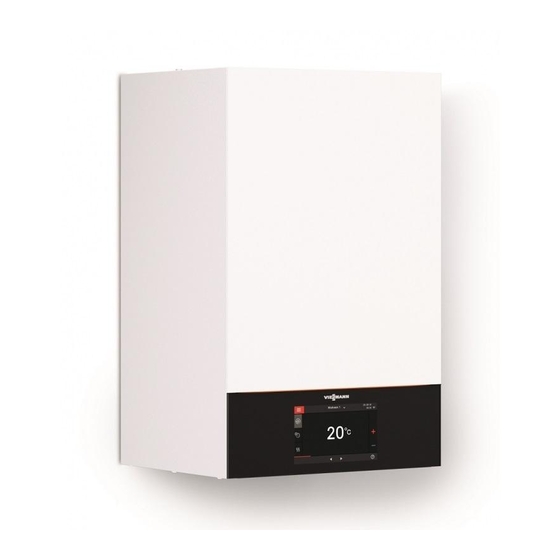
Viessmann VITODENS 200-W Installation And Service Instructions For Contractors
1.9 to 32 kw, wall mounted gas condensing boiler with 7 inch colour touchscreen, natural gas and lpg version
Hide thumbs
Also See for VITODENS 200-W:
- Installation and service instructions manual (188 pages) ,
- Installation instructions manual (184 pages) ,
- Service instructions manual (150 pages)
Chapters
Table of Contents

















Need help?
Do you have a question about the VITODENS 200-W and is the answer not in the manual?
Questions and answers